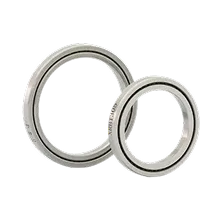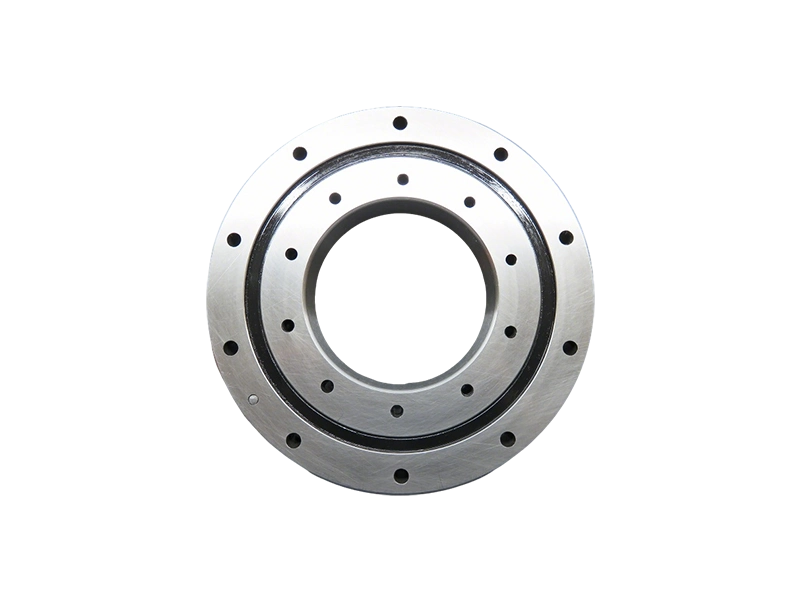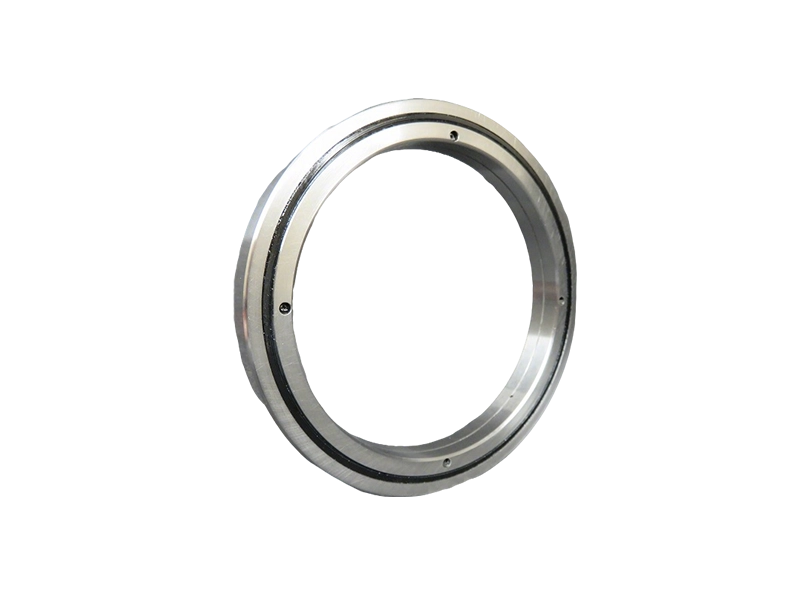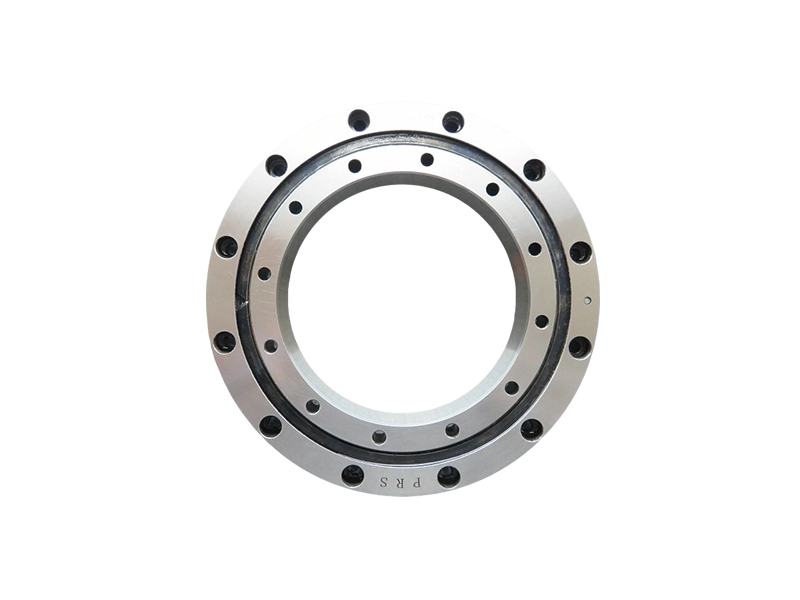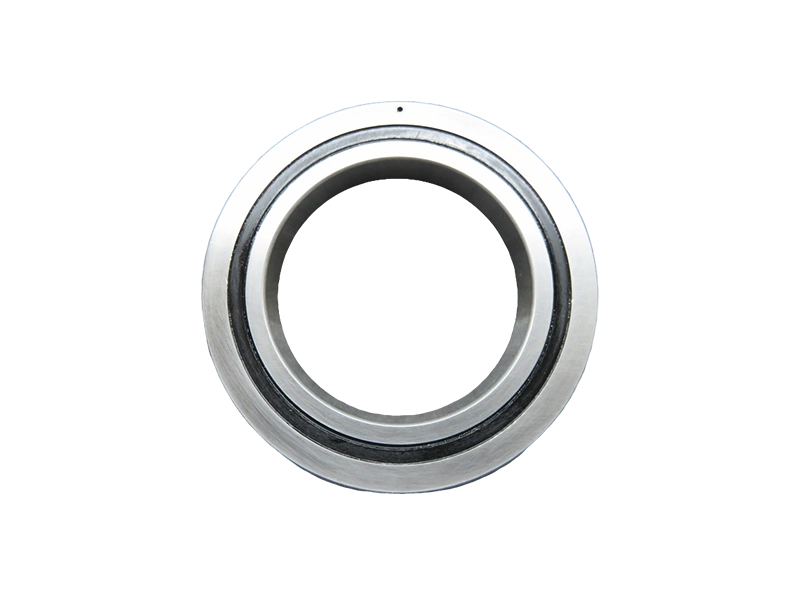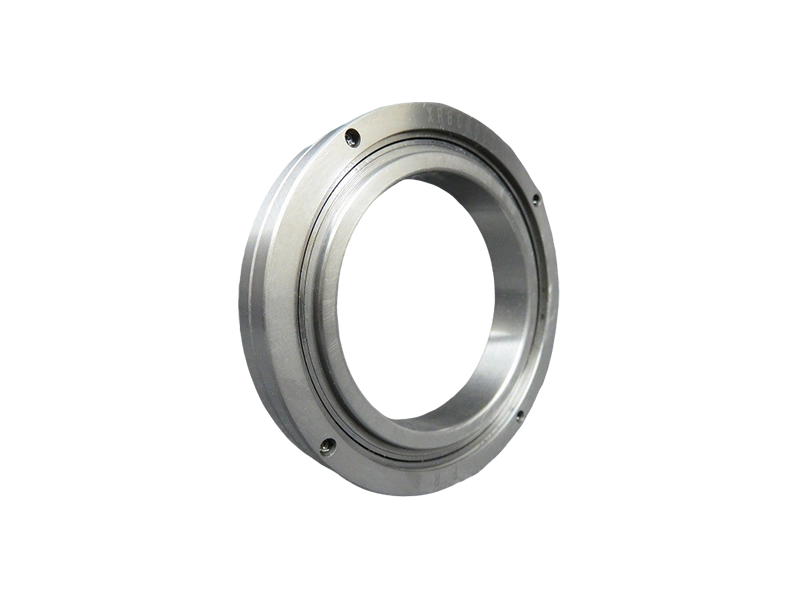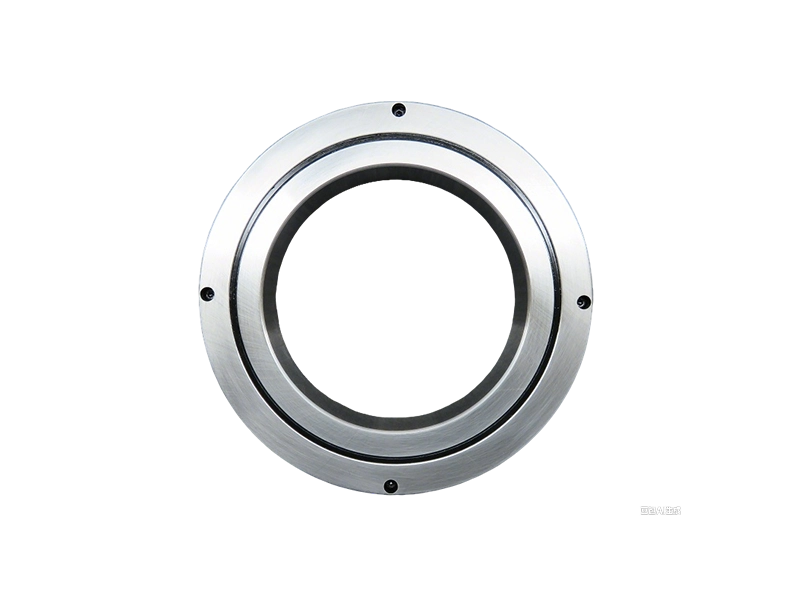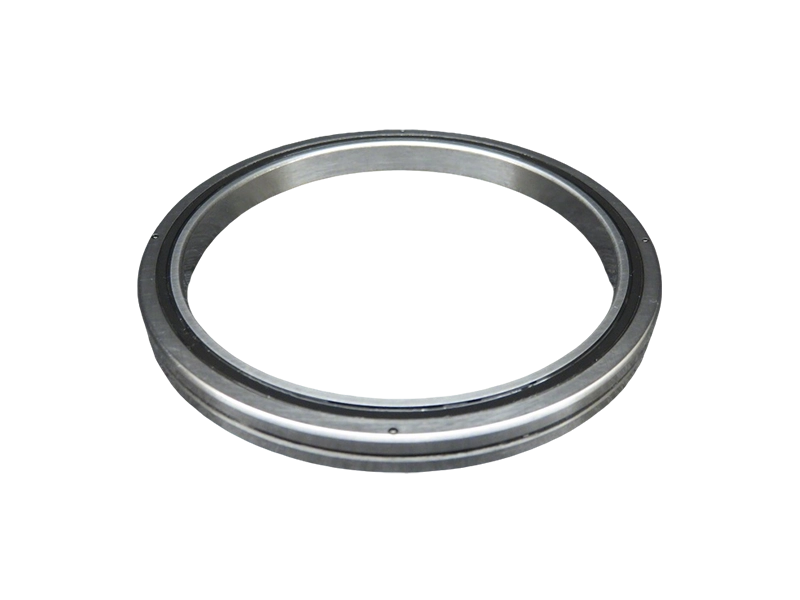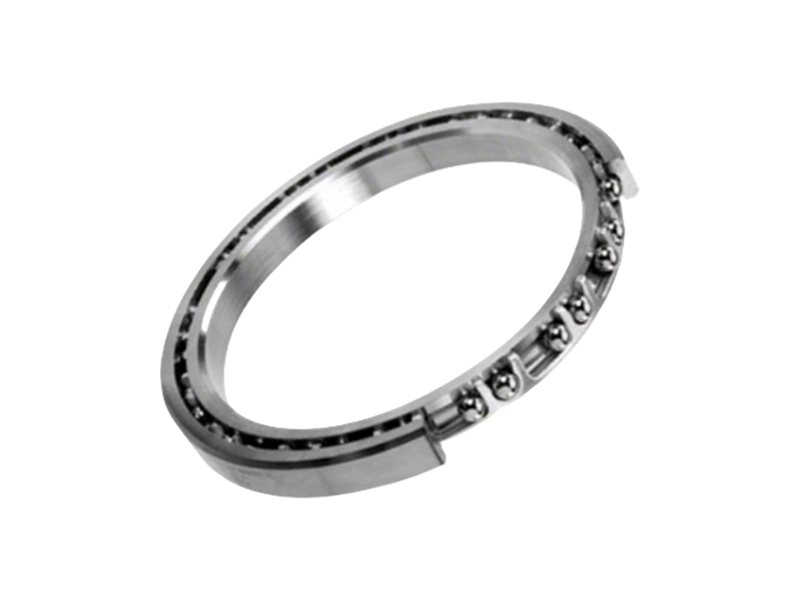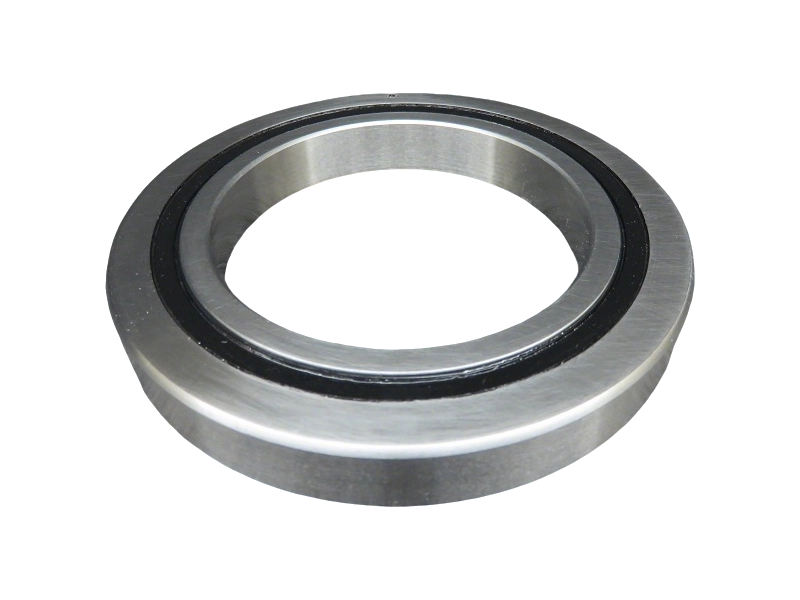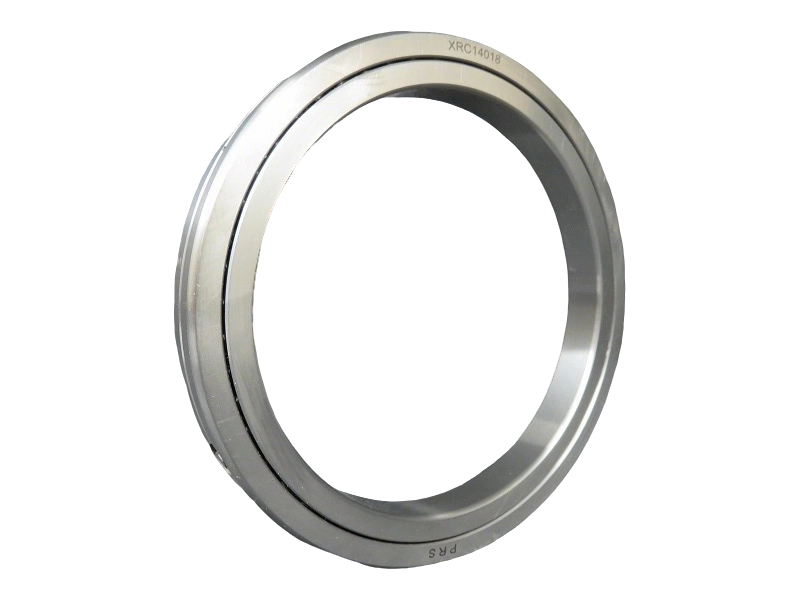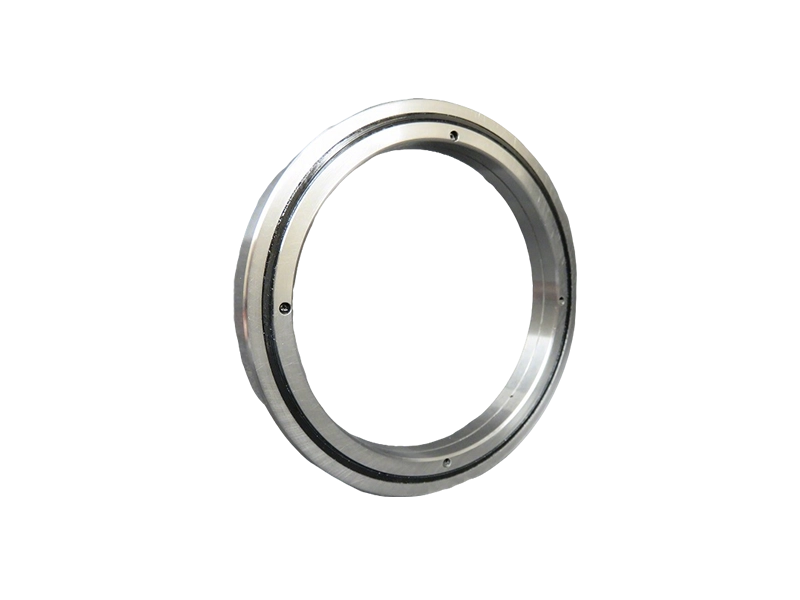How to adjust the preload of a crossed roller bearing?
2025-08-22 01:08:47PRS Bearings
Adjusting the preload of a crossed roller bearing is critical for achieving optimal performance, stiffness, and accuracy. It's the process of applying a controlled internal load during assembly to remove internal clearance and ensure the bearing's rollers and raceways are in continuous contact.
Common Methods for Preload Adjustment
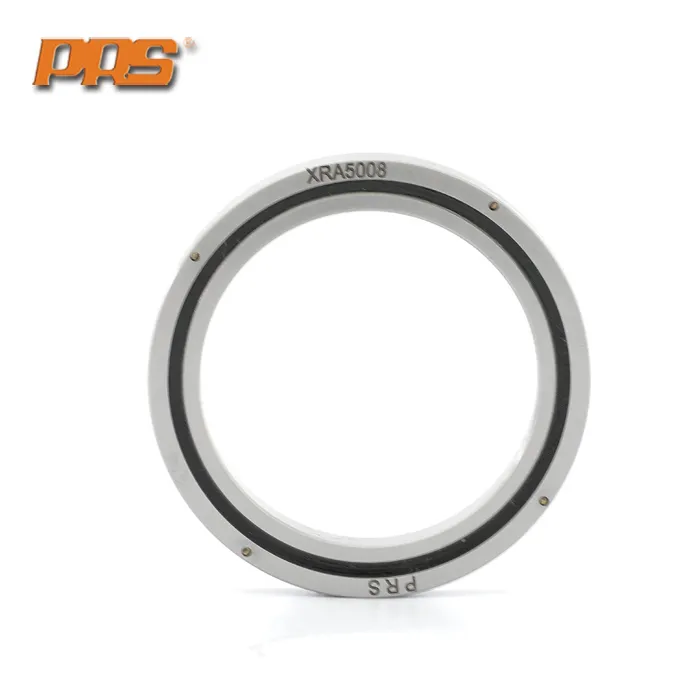
The specific method for adjusting preload depends on the bearing's design and application. Here are the most common approaches:
Split Inner Ring or Outer Ring: Some crossed roller bearings are manufactured with a split inner or outer ring. During assembly, this split ring is compressed or expanded, often by a locknut or screws, to create the desired preload. This method is common for bearings used in high-precision applications like machine tool spindles and robotic joints.
Using Shims and Spacers: This method involves inserting precise shims, sleeves, or spacers between bearing rings or between the bearing and its housing. By carefully selecting the thickness of these components, the axial distance between the bearing races is controlled, thus setting the preload. This is a very accurate method, often used in individual bearing arrangements.
Adjustment Screws: For linear crossed roller guides and some rotary applications, preload is adjusted using a series of set screws along an adjustable rail. The screws are tightened in a specific sequence to apply even pressure and remove play. The technician checks for smooth movement by hand to confirm the correct preload has been achieved. Over-tightening can cause excessive friction and damage.
Locknuts: A locknut is threaded onto a shaft or housing to push one of the bearing rings against a shoulder or spacer. This creates the axial displacement needed to achieve the desired preload. A torque wrench is often used to ensure the correct amount of force is applied.
Matched Bearings: Some manufacturers provide "matched" bearing sets. These bearings are manufactured and measured together to ensure that when they are mounted side-by-side in a specific orientation, a predetermined preload is automatically achieved without the need for additional shims or adjustment.
Key Considerations for Preload Adjustment
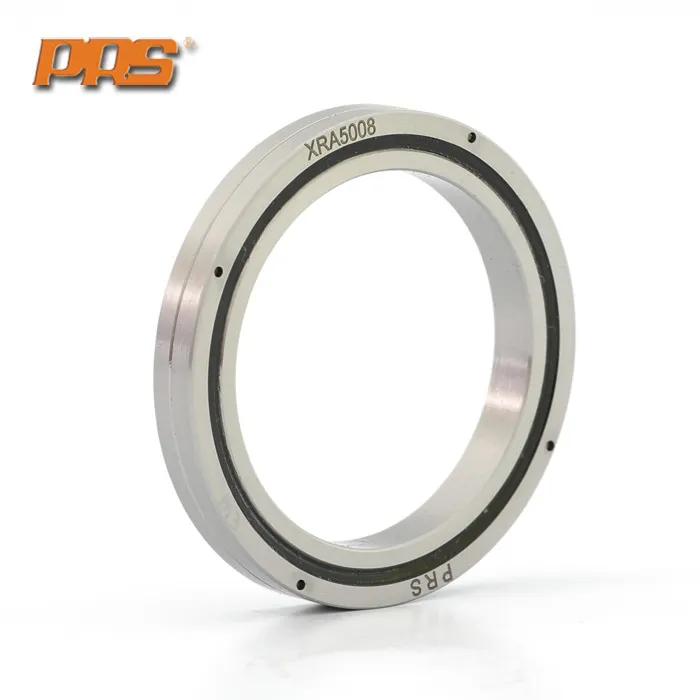
Manufacturer's Specifications: Always consult the manufacturer's technical manual for the specific model of your crossed roller bearing. They will provide the correct method, required tools, torque values, and any special assembly instructions.
Preventing Over-Preload: Applying too much preload can be detrimental. Excessive preload increases friction, generates heat, and can prematurely reduce the bearing's service life. It's a delicate balance to remove clearance without causing unnecessary stress.
Even Distribution: It's crucial that preload is applied evenly around the bearing. Uneven preload can lead to localized stress on the rollers and raceways, compromising the bearing's performance and accuracy.
Adjusting the preload on a crossed roller bearing is a precision task that is critical for achieving the desired rigidity, rotational accuracy, and service life. Incorrect preload can lead to poor performance, vibration, excessive heat, and premature failure.
 XRT Series Crossed Tapered Roller Bearings
XRT Series Crossed Tapered Roller Bearings XV Series Crossed Cylindrical Roller Bearing
XV Series Crossed Cylindrical Roller Bearing XRU Crossed Roller Bearings
XRU Crossed Roller Bearings XRSU Crossed Roller Bearings
XRSU Crossed Roller Bearings XRE Crossed Roller Bearings
XRE Crossed Roller Bearings XRC Crossed Roller Bearings
XRC Crossed Roller Bearings XRBH Crossed Roller Bearings
XRBH Crossed Roller Bearings XRB Crossed Roller Bearings
XRB Crossed Roller Bearings Ultra Thin XRBS Crossed Roller Bearings
Ultra Thin XRBS Crossed Roller Bearings Ultra Thin XRA-C Crossed Roller Bearings
Ultra Thin XRA-C Crossed Roller Bearings Ultra Thin XRA Crossed Roller Bearings
Ultra Thin XRA Crossed Roller Bearings XRBC Crossed Roller Bearings
XRBC Crossed Roller Bearings
























